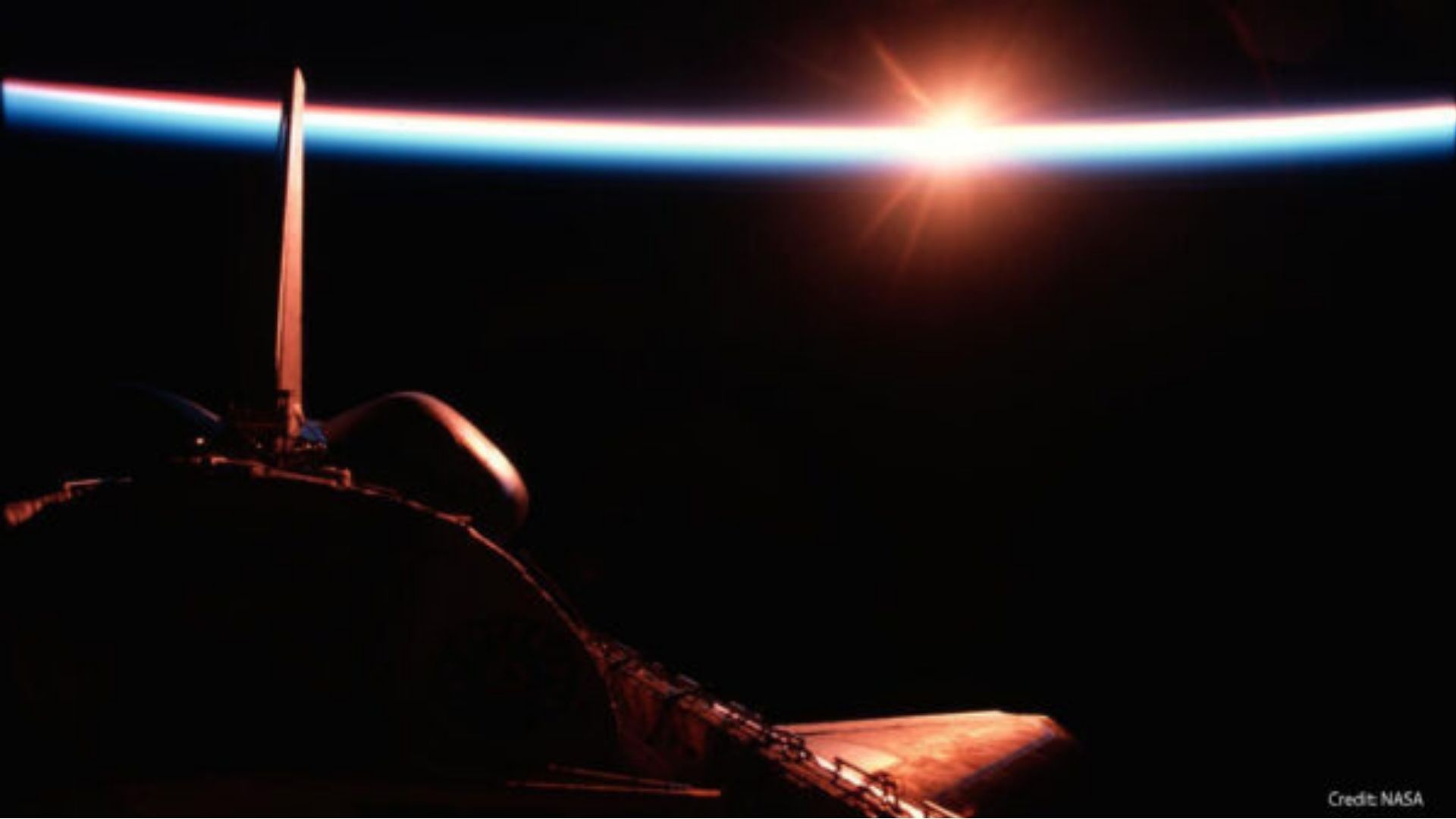NASA’s next mission to measure Earth’s outgoing energy will now proceed to the final design and fabrication phase.

Libera, a new NASA mission to measure Earth’s outgoing radiative energy, has passed a major milestone. It has successfully completed Key Decision Point C, one of several links in the chain of go/no go decisions that the space agency makes for every major mission.
Following a presentation by Libera Principal Investigator Peter Pilewskie and Program Manager Brian Boyle in April, the leaders of NASA’s Science Mission Directorate unanimously agreed that Libera should proceed to the next phase of development: implementation. The $147 million mission will measure how much radiative energy leaves the Earth on a daily basis, providing crucial information about Earth’s climate.
“Libera will provide vital information on the state of Earth’s climate and how it’s changing,” said Pilewskie, an atmospheric scientist at the Laboratory for Atmospheric and Space Physics (LASP) at the University of Colorado Boulder and a professor in the Department of Atmospheric and Oceanic Sciences. “This mission will extend a very important climate data record needed to track the flow of energy through the Earth system over time—and identify and quantify the processes responsible for global change,” he added.
Libera will use an innovative technology that employs state-of-the-art carbon nanotube-based radiometers to take incredibly accurate measurements. The mission will determine Earth’s outgoing radiative energy in the form of reflected sunlight and emitted radiation at a level that is nearly an order of magnitude more accurate than currently orbiting sensors. These measurements, along with those of incoming solar radiation, constitute Earth’s energy budget.
“The comparison between incoming and outgoing energy over time tells us about the state of Earth’s climate,” said Pilewskie. “If there’s an imbalance, the climate will shift.”
Because these data will continue the multi-decadal record begun by NASA’s CERES mission, the new mission is named for the daughter of Ceres, the Roman goddess of agriculture. The Libera instrument will fly on NOAA’s operational Joint Polar Satellite System-3 (JPSS-3) satellite, which is scheduled to launch by December 2027.
“Our team is very excited to begin Libera’s next phase,” said Boyle, an engineering program manager at LASP. “We’re grateful that in this review, NASA acknowledged our highly skilled instrument team that has strong experience developing missions, as well as significant experience innovating subsystems, including the development of these new detectors.”
Libera’s next major milestone will be a Critical Design Review early next year. Major mission partners include Ball Aerospace, the National Institute of Standards and Technology, and the Space Dynamics Lab at Utah State University. The science team includes members from the University of Colorado, NASA’s Jet Propulsion Laboratory, Colorado State University, the University of Arizona, the University of Michigan, and Lawrence Berkeley National Laboratory.
Libera is supported through NASA’s Earth System Science Pathfinder Program Office at Langley Research Center in Hampton, Va.
Written by Terri Cook – Head of LASP’s Office of Communication Management



